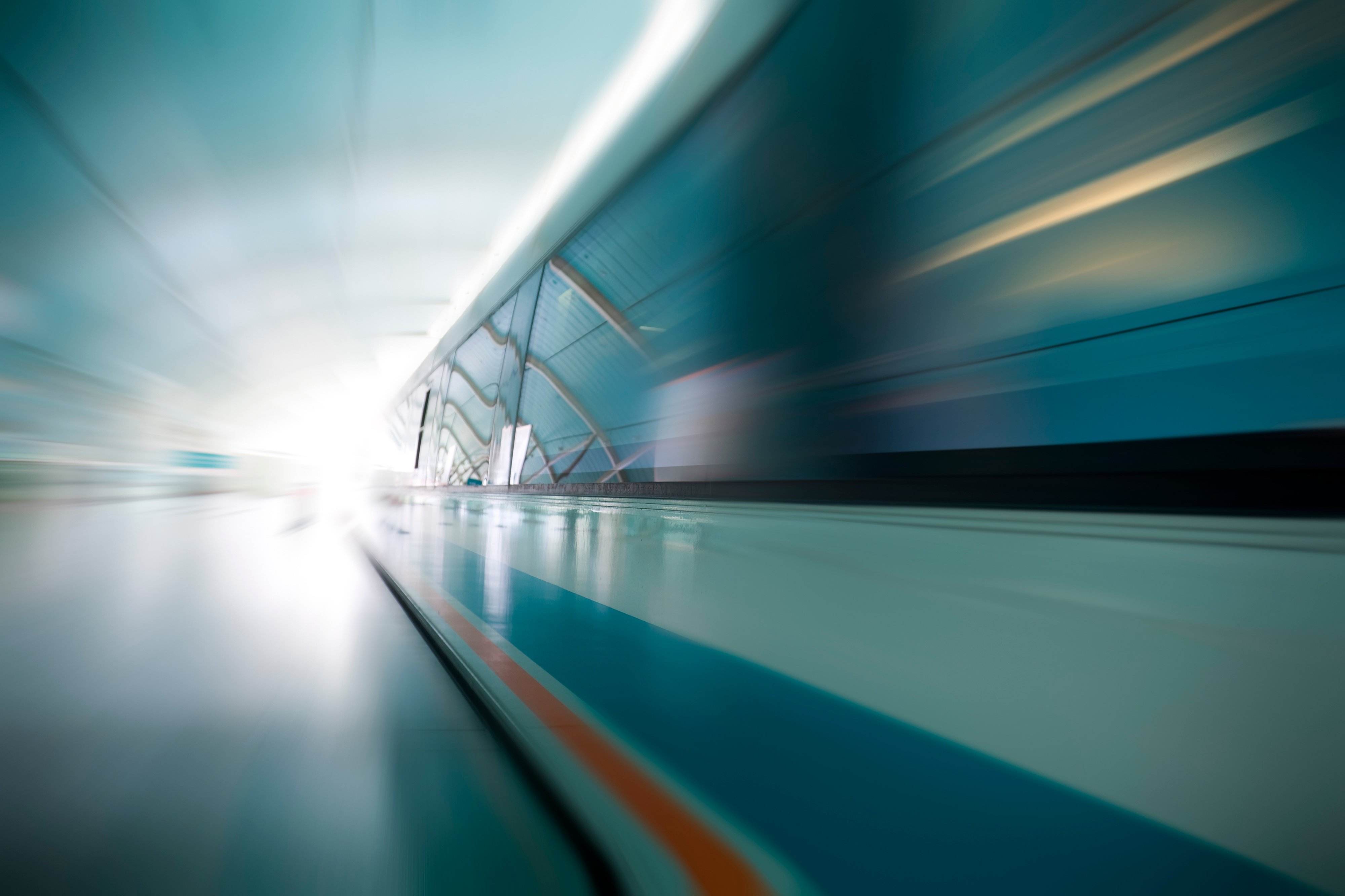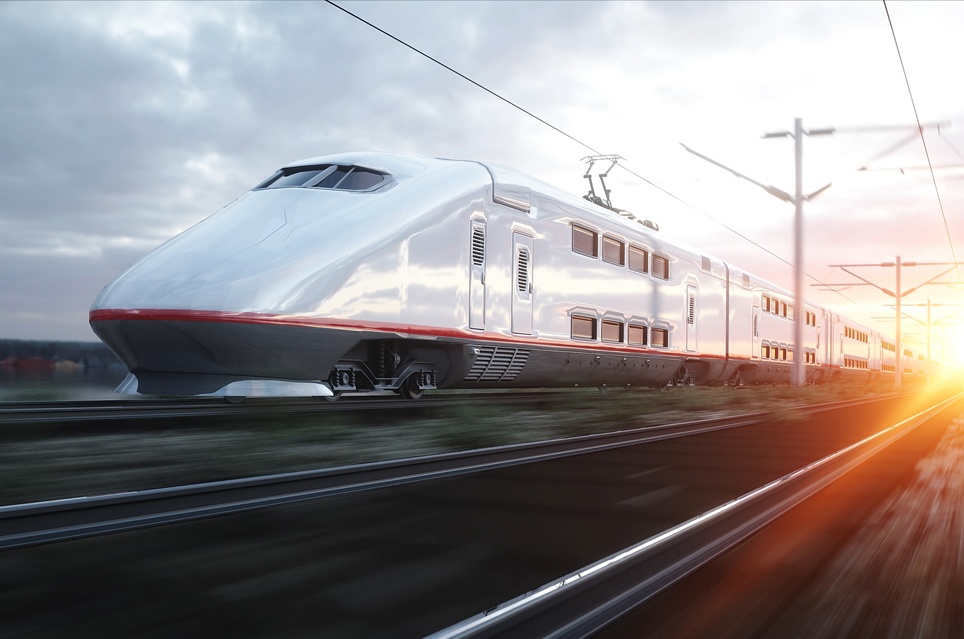Compared to other types of transport, the rail industry’s technology may seem to be progressing much more slowly. Consider automotive technology, which is constantly changing. In the past ten years, we’ve seen proximity sensors, satellite navigation systems, and reversing cameras, and plenty of other innovations have proliferated. Every time consumers buy a new car, they notice many new features.
It’s easy to see the progress in aircraft as well, with advances in communication and in-flight entertainment, seats that transform into beds, and more efficient and quieter engines. In the meantime, the rail industry has stagnated which it comes to innovation.
However, this comparison isn’t exactly fair. Consumers buy their own cars, which means they’re more interested in innovation in the auto industry. Carmakers are continually finding new ways to differentiate their products and gain market share. Air passengers have plenty of choices and can always pick a different airline, so are more likely to know the pros and cons of different fleets compared to different trains.
But no one buys their own trains. And trains have much longer lives, meaning technology takes much longer before it becomes widespread in the rail industry. One rail project could have a planning horizon extending to 2060, while the car industry hopes that consumers will buy a new car every two to three years.
Despite this, there’s no shortage of innovative and new ideas making their way into the rail industry. Improved technologies are delivering everything from better route-planning, braking, and traction, to trains that can levitate, gliding on air and reaching speeds of up to 500 kilometres per hour. Safety and energy-efficiency are up, while derailments are continuing to become rarer. Rail companies are transferring kinetic energy from braking trains back into the trains’ power source, and are increasingly moving away from diesel as the primary energy.
Tech firms and software development companies are increasingly driving innovation in the rail industry. When braking is too forceful, train cars can be thrown off the tracks. The heavier train cars are, the harder they push into the cars in front of them during downhill runs or decelerations. That’s why lighter cars are ideally placed at the end of a train, but cars weighing varying amounts are continually added, removed, loaded, and unloaded along each route, which alters the forces that cause lighter cars to derail. Luckily, software is now being used which simulates these dynamics, analyses a given route, and works out the best way to load and sequence a train’s cars. Firms are now charging for software that analyses routes and networks, taking into account all possible train configurations.
This software is becoming invaluable due to the technology that can weigh how much a moving train weighs. Metal strain gauges are stuck to the side of the rails, instantly reporting data to railway operators who can adjust brake settings and reconfigure trains in real-time.
High operating costs have led many companies to train operators to achieve journeys that are both on time and consume the least amount of energy possible. For freight trains, software can determine the best way to save fuel by analysing the terrain. This route optimisation software instructs operators on optimum braking and accelerating, minimising fuel costs. While the installation of the software is expensive, it can dramatically cut costs by reducing fuel consumption.
The rail industry is increasingly opening up to innovation, realising that rail companies tend to have old, antiquated systems and reputations for poor customer experience. HackTrain is backed by Arriva, Stagecoach, Great Western Railway, and more, and runs an annual conference and hackathon. Virgin Trains has launched the Platform X accelerator which searches for startups to solve key innovation challenges in the industry.
Eurostar has also joined forces with tech firms, taking a cohort of startups to Paris for the Viva Technology conference. DigitalGenius won a competition and will pilot with the company, using artificial intelligence and machine learning to improve customer service.
Planning to become more innovative this year? Get in touch to learn about how you can switch to a hybrid power solution.




